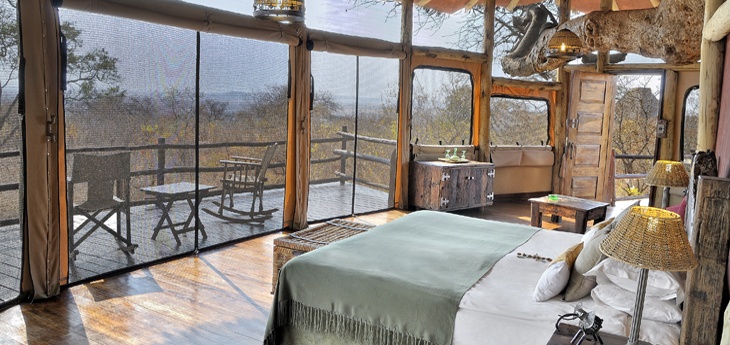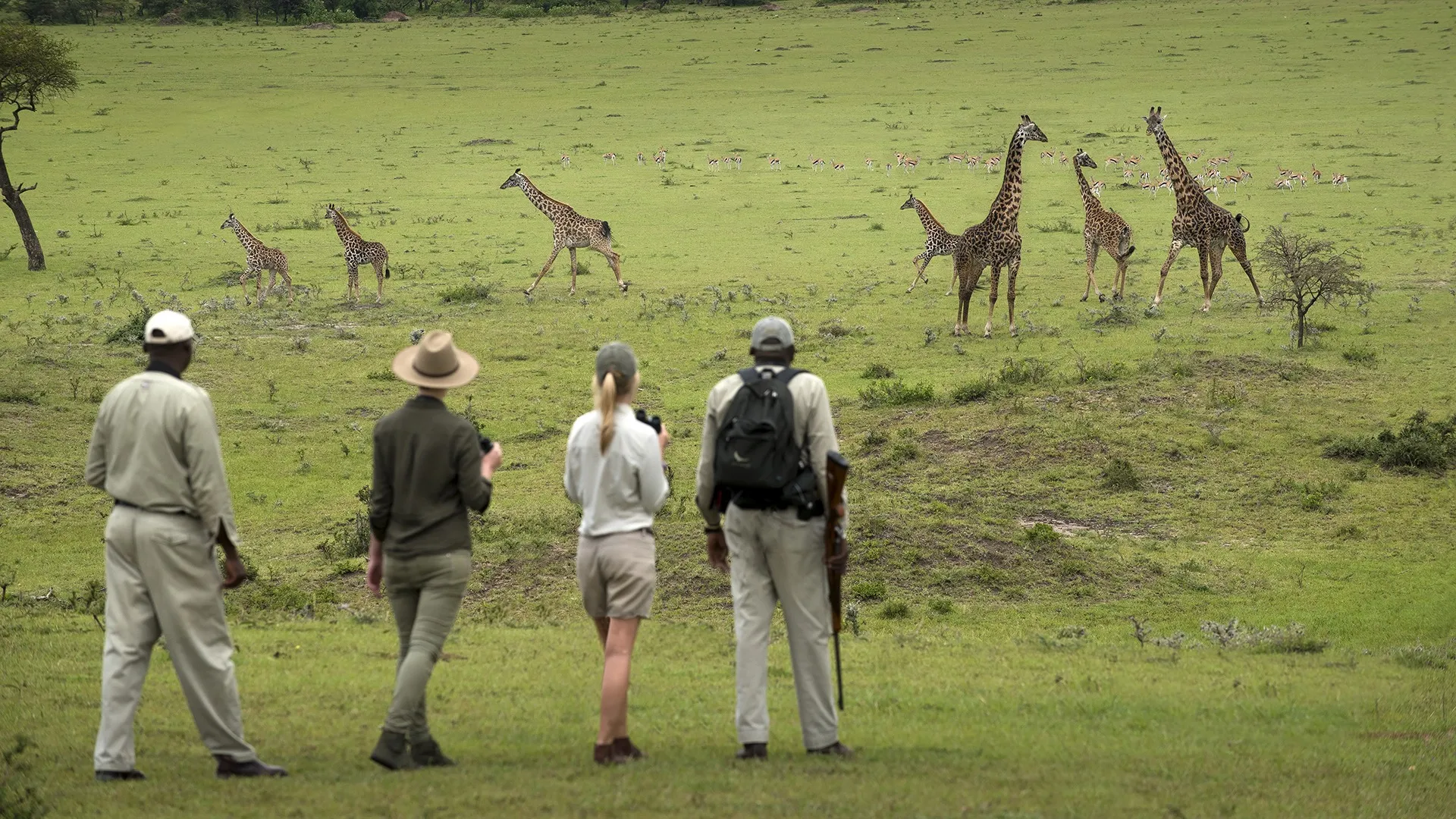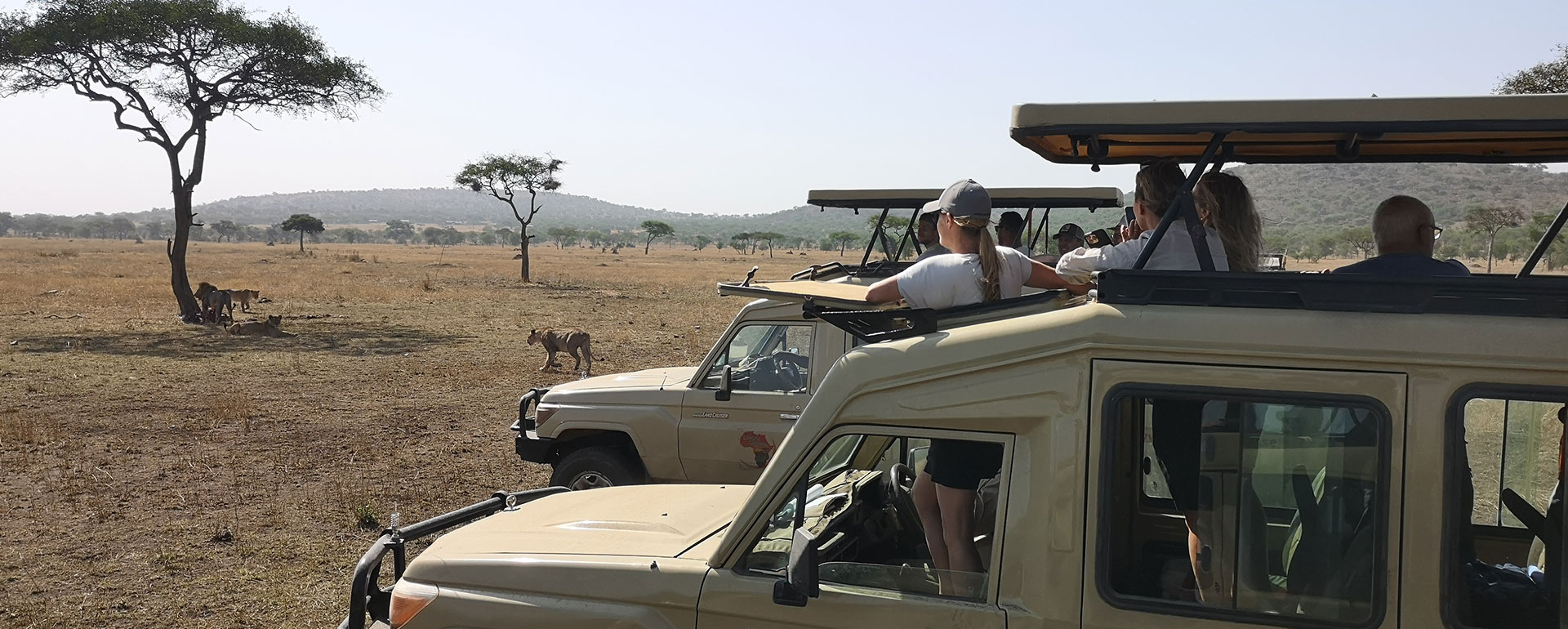Where To Stay On Your Next Tanzania Safari Adventure? Tanzania is a country with a…
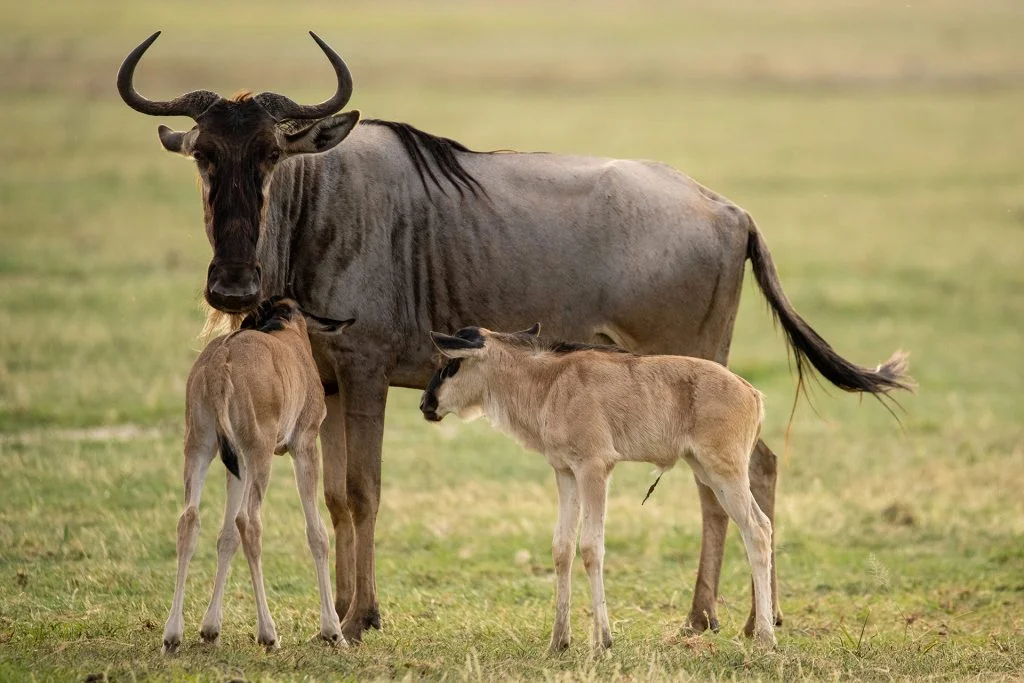
Ultimate Guide to Serengeti Calving Season
Ultimate Guide to Serengeti Calving Season
Serengeti National Park in Tanzania is one of the most renowned wildlife destination on the planet, this vast ecosystem is home to an extraordinary diversity of flora and fauna, and one of Africa’s greatest spectacles – The Great Migration.
In this blog, we take a deep dive on one of the Serengeti’s most remarkable events- the Calving Season.
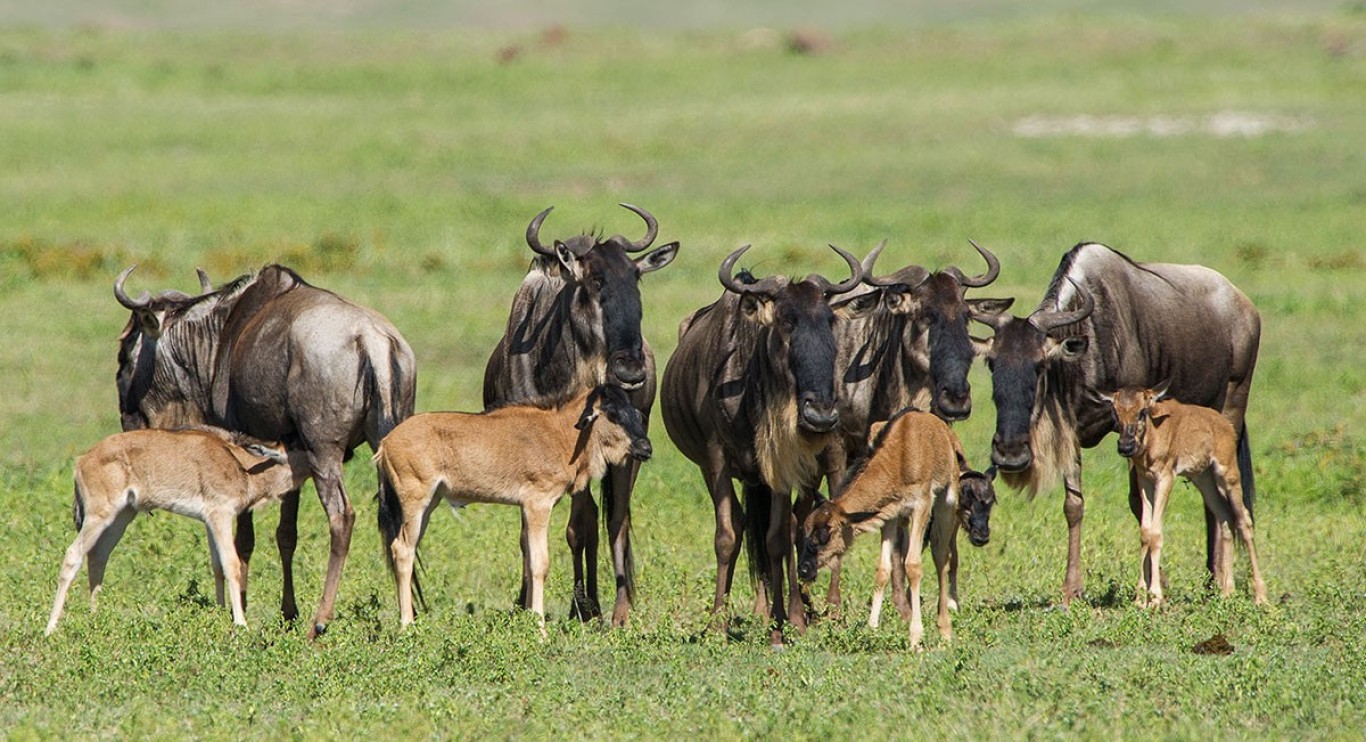
This period, which typically occurs from late January to early March, is a time of renewal and survival, a remarkable showcase of the life cycle of the Serengeti’s inhabitants.
The Great Migration
The Great Migration is one of the most awe-inspiring natural spectacles on the planet. This annual event involves over two million animals, including approximately 1.3 million wildebeest, 200,000 Grant’s gazelles, and 800,000 zebras, moving as one. Interestingly, the wildebeest is the keystone species in the Serengeti, a role typically held by predators in most ecosystems.
The sheer scale of the wildebeest herds creates a dynamic balance within the Serengeti ecosystem. Their movements influence everything from the health of grasslands to predator behavior. For instance, zebras on taller, tougher grasses, which facilitates the wildebeest’s access to shorter, more nutritious grasses. This grazing pattern also moderates the intensity of annual fires, preserving vital seeds and trees, and promoting vegetation regrowth.
The Serengeti’s Migration is often thought to have two distinct seasons, it actually occurs year – round. The herds continuously move north and south in response to the seasonal rains, maintaining an annual cycle.
“The entire migration is dictated by rainfall. Ultimately, the animals prefer the southern short grass plains, as this environment provides wildebeests with the greatest sense of safety. It’s flat, open, and has an abundance of nutritious grass. If given a chance, they would simply stay there.
What to expect in Tanzania During December to April
It is no accident that the herds move south to feast and birth their young. As the rains arrive in the Southern Plains, the once arid landscape transforms into endless lush, green plains. The extremely nutrient-rich grasses of the Southern Plains are a product of ancient volcanic activity, as from these eruptions spread across the plains near Ndutu, enriching the soil and creating the ideal conditions for the growth of the lush green grasses that now provide a vital and irresistible habitat for wildebeest and their calves.
Being flat, open volcanic plains, these short grass areas dry out very quickly. The wildebeest are thus forced to move, following the rain or, more accurately, the green grass.
If the rains aren’t good, by April and May the herds begin to disperse towards Central, Eastern and Western Serengeti.
What can you see in Tanzania During June to October
The migration reaches the north Serengeti, where herds attempt the dramatic Mara River Crossing. These crossings are a highlight of the migration and can be busy with safari vehicles, but witness them is a thrilling experience.
The herds cross the river multiple time before moving into central regions, spreading out again in November and then heading south in December, restarting the cycle again.
Although historical safaris in the Serengeti were often limited to drier months due to vehicle constraints, modern Land Cruisers now make the park accessible year-round. Visiting during the quieter months can offer stunning landscapes and excellent wildlife viewing with fewer crowds.
The Calving Season: A time of Birth of Growth
During calving season, an estimated 500,000 wildebeests are born over a span of just a few weeks, over 9,000 could be born in a single day. This synchrony in birthing is a strategic survival mechanism; by overwhelming predators with sheer numbers, the chances of any one calf being caught are reduced. This period is crucial for the survival of the species, as it ensures the replenishment of the herd.
Witnessing the birth of a wildebeest calf is a safari experience unlike any other. Wildebeest give birth standing up, and within minutes of being born, the calves are on their feet, wobbling but determined. This rapid movement with the herd almost immediately to avoid predation.
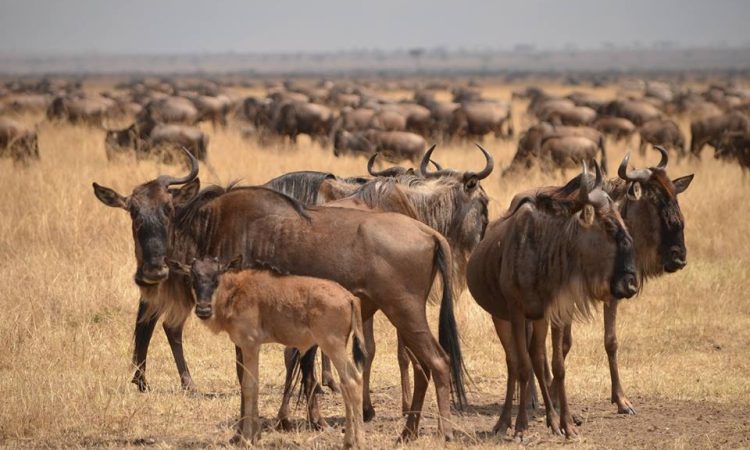
Predators on the prowl in the Serengeti
While the calving season is a time of plenty for the herbivores, it also attracts a high number of predators. Lions, hyenas, cheetahs, and leopards are all drawn to the area, taking advantage of the abundance of vulnerable young animals. For these predators, the calving season is a time of feasting and an opportunity to sustain their own young.
The Role of the Ecosystem
The calving season is not only essential for the survival of the wildebeest but also for maintaining the balance of the Serengeti Ecosystem. The influx of young herbivores provide food for predators, which in turn keep the herbivore population in check, preventing overgrazing and ensuring the health of the grasslands.

